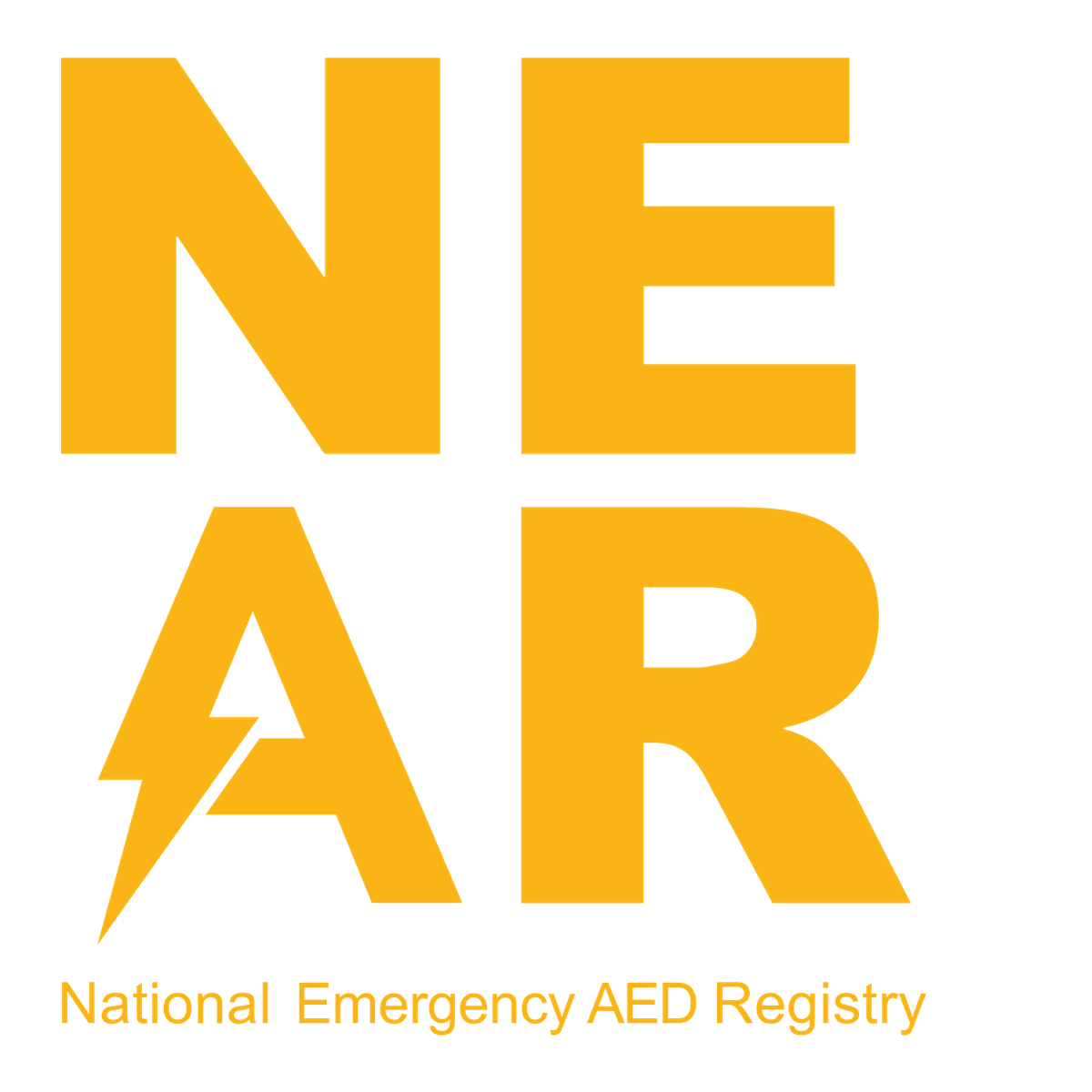
NEAR to Your Heart
The National Emergency AED Registry seeks to improve cardiac arrest outcomes by equipping emergency telecommunicators with AED locations and automatically notifying those with access to an AED of the nearby need for a defibrillator.
202,446
ALERTABLE AEDS AVAILABLE
93
AEDS ADDED TO REGISTRY TODAY
657
CARDIAC ARREST CALLS TODAY
2,030
NEARBY AEDS RECOMMENDED TODAY
Centralized Access
The National Emergency AED Registry (NEAR) provides centralized, time-of-need access to AED locations for the purpose of improving device utilization during cardiac arrest emergencies.
Inform Callers
NEAR is integrated with public safety applications such as call handling software and telecommunicator medical guidance systems to inform 911 callers of the nearby presence of an AED.
Initiate Response
NEAR informs those with an AED, including device owners, responsible parties, and AED response program members, of the nearby need for a defibrillator.
Why is the NEAR registry needed?
Time to defibrillation is the most important determinant of survival from cardiac arrest.1 Early defibrillation is a high-priority goal (shock delivery within 3-5 minutes).
An EMS call–to-shock time interval of <5 minutes cannot be reliably achieved with conventional EMS services.2
Public access AEDs provide the opportunity to defibrillate victims of cardiac arrest within a few minutes, even at sites remote from traditional EMS responders.
The number of patients who have an AED applied by a bystander remains low, occurring at <12% of public cardiac arrests evemts.1
Your chance of survival while waiting for emergency medical services during a cardiac arrest emergency decrease by 7-10% every minute without CPR.2
However, 9 in 10 cardiac arrest victims who receive a shock from an AED in the first minute live.3
There are about 10,000 cardiac arrests in the workplace each year in the United States, according to a report from the US Occupational Safety & Health Administration.1
Waiting for the arrival of emergency medical system personnel results in only 5-7% survival. Studies with early defibrillation have shown >50% survival after sudden cardiac arrest.2
Immediate CPR and use of an AED can double, or even triple, survival rates.3

TIME TO DEFIBRILLATION IS THE MOST IMPORTANT DETERMINANT OF SURVIVAL FROM CARDIAC ARREST
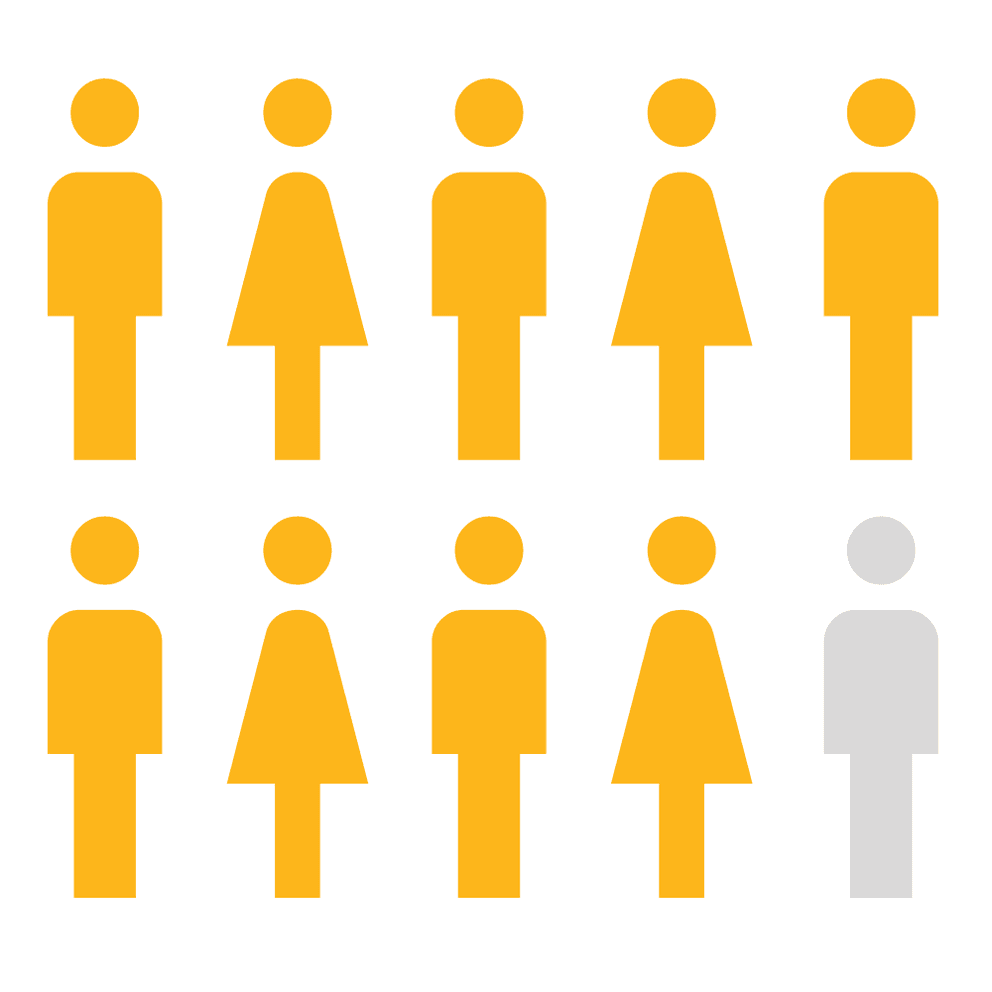
9 in 10 cardiac arrest victims who receive a shock from an AED in the first minute live
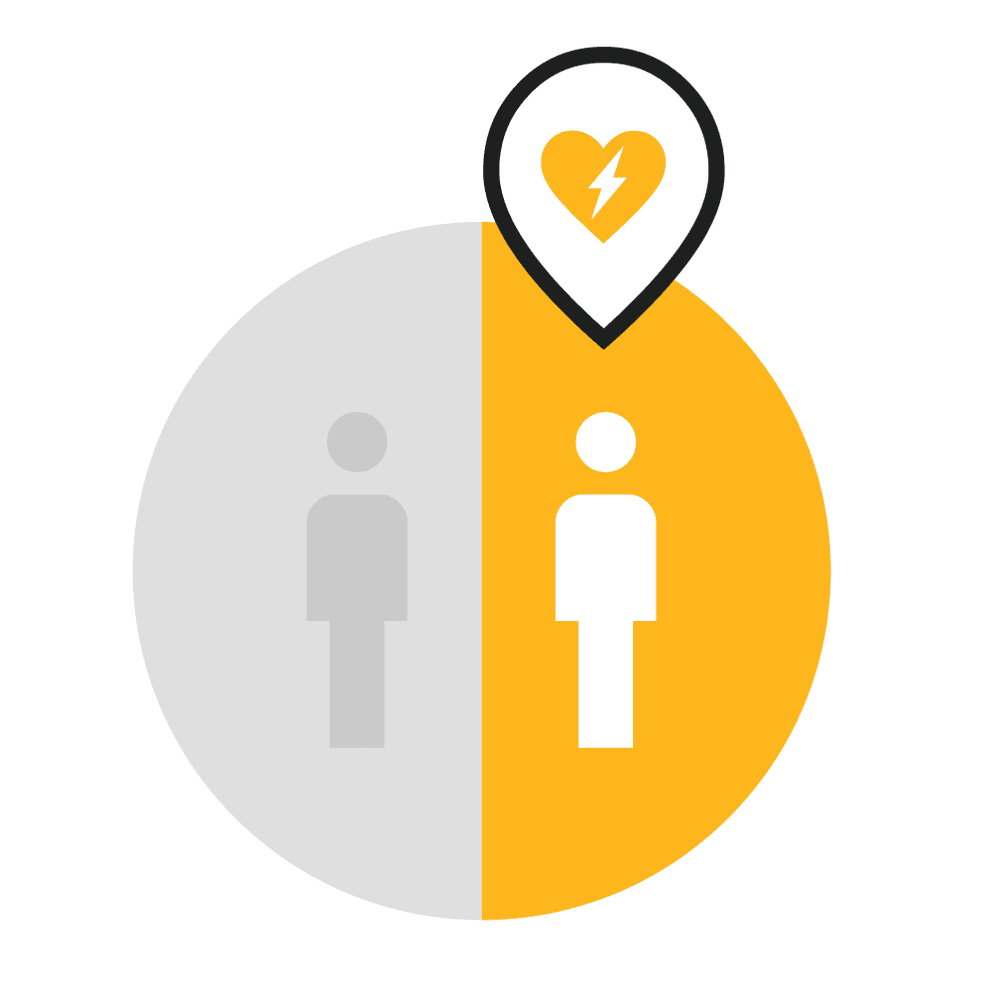
ONLY 50% OF EMPLOYEES CAN LOCATE AN AED AT WORK
How can you participate in the NEAR registry initiative?
Public Safety Agencies
With two primary responsibilities, public safety agencies play a pivotal role in the effectiveness of the NEAR registry.
The first step for Fire/EMS agencies along with their emergency communications centers is to confirm that AED locations within their jurisdiction are included in the registry.
The second step is to ensure that emergency telecommunicators have access to those AED locations during cardiac arrest call processing. This is achieved through pre-existing integrations with telecommunicator medical guidance systems like ProQA Paramount, APCO Intellicomm, and Total Response, in addition to call handling applications like RapidDeploy Radius and ZOLL Dispatch.
Proven strategies and resources to help agencies excel in these roles are readily available at no cost from the PulsePoint Foundation.
Public safety agencies responsible for receiving third-party AED placement and inspection notifications should consider allowing NEAR registrations and updates to meet local reporting requirements. This offers a significant efficiency opportunity for both the agency and program management companies that have direct integrations with the NEAR registry.
AED Program Management Companies
AEDs under active program management offer a high level of readiness and are particularly valued in the registry. AED distributors with program management services and AED program management companies can directly integrate with the NEAR registry via API.
Public safety agencies may allow and even prefer direct AED placement and inspection reporting to the NEAR registry instead of fax/paper/email reporting that requires secondary entry by agency personnel. This approach creates efficiency opportunities for both parties and may lead to improved outcomes.
Organizations with Large Numbers of AEDs
Organizations with large numbers of AEDs can provide data files to PulsePoint for bulk upload to the registry. This can be a convenient method for school districts, utilities, airports, and other organizations with too many AED locations to enter manually. Companies that contract for AED program management services should ensure that AED records are also shared to the NEAR registry to simplify this process on an ongoing basis.
Individual AED Owners
AED owners can directly add their AED(s) to the NEAR registry by using the free PulsePoint AED app or by entering aed.new in their browser. For ongoing management rights to an AED you are responsible for follow these instructions.
Shared AEDs
Are you part of a neighborhood AED response program or thinking about starting one? Do you live or work in a building with an AED in a common area? Subscribers to AEDs in the NEAR registry can receive real-time notifications of cardiac emergencies near the location of an AED – regardless of manufacturer or model. Learn more about AED-needed alerts.
Medical Device and Innovation Partners
The NEAR registry was designed from the ground up to seamlessly interact with a wide variety of applications and devices. If you are a medical device manufacturer with a product that can detect cardiac arrest, PulsePoint and the NEAR registry can help you alert nearby CPR-trained, AED-equipped responders—including professional responders.
If you are manufacturer of intelligent devices such connected cabinets, remote monitoring solutions, or other related innovations, integration with the NEAR registry may offer meaningful additional capabilities and functionality to your product.
NEAR Advocates



"I was alerted by a PulsePoint AED-Needed notification about a neighbor in cardiac arrest, just a few houses down. I responded from my home, grabbing the neighborhood public access AED mounted outside my house. The seamless integration of PulsePoint with 9-1-1 and a connected AED registry enabled me to arrive before emergency responders and begin care. This kind of real-time, community-based system—linking outdoor AEDs, alerting technology, and local volunteers—has incredible potential to save lives.”Dr. Steven Brooks, Professor, Clinician-Scientist, Emergency Physician

“Access to a free, comprehensive and universally accessible AED registry is essential when addressing out-of-hospital cardiac arrests. Having the ability to know the location of AEDs, and giving emergency dispatchers the opportunity to recommend nearby AED locations to lay rescuers, is an important next step to improve AED utilization. The NEAR registry will undoubtedly help save lives."Dr. Stuart Berger, Citizen CPR Foundation President and Medical Director, Heart Center, Lurie Children’s Hospital

“The Western Fire Chiefs Association is a strong advocate of the National Emergency AED Registry and its goal to improve cardiac arrest outcomes by enabling 911 telecommunicators to inform callers of AED locations during call processing. PulsePoint, who hosts and administers the registry, is a reliable and trusted partner of public safety and the WFCA.”Mark Niemeyer, President, Western Fire Chiefs Association and Fire Chief, Boise Fire Department
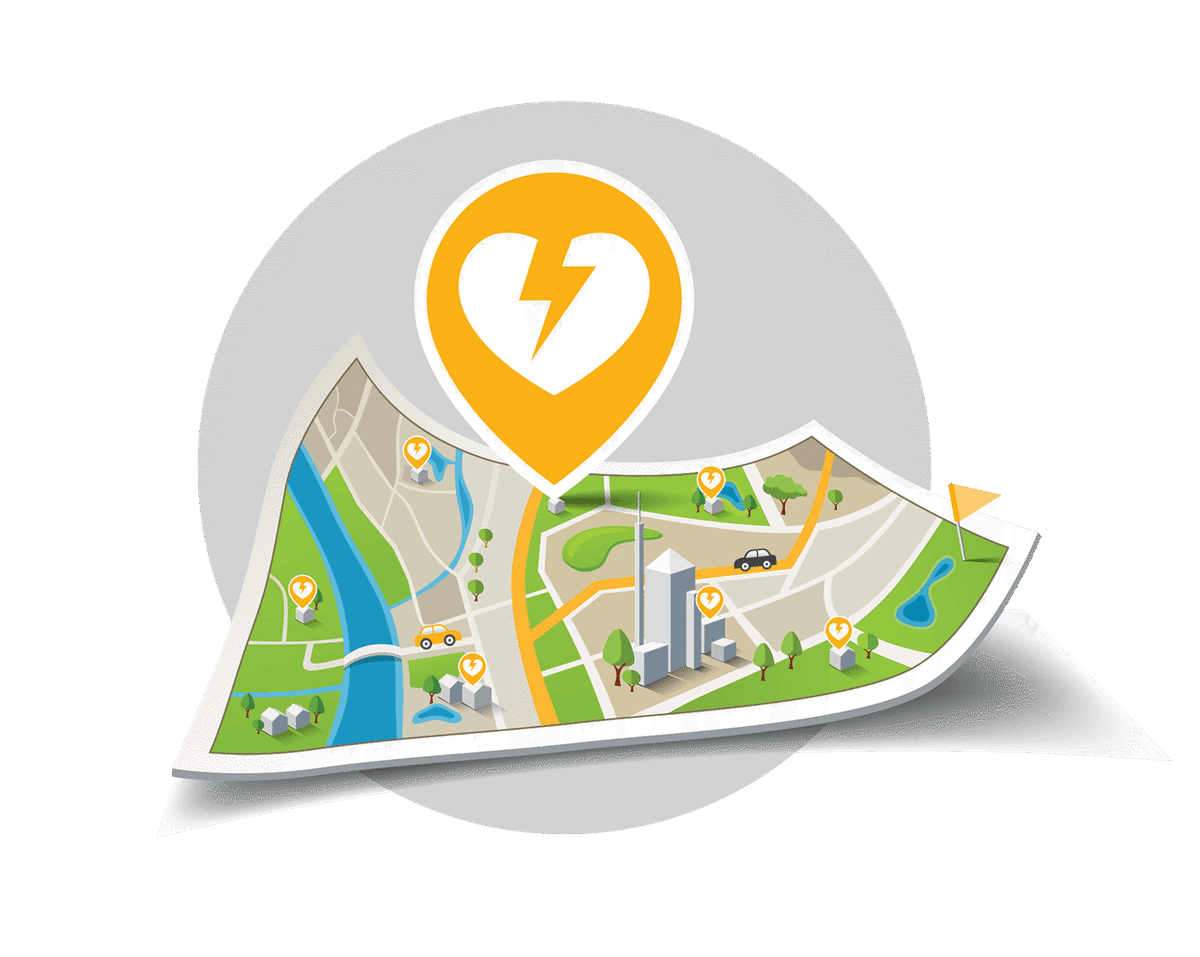
How does the registry acquire AED locations?
The NEAR registry works to consolidate data from all available sources to facilitate a single source of AED locations for emergency use.
These sources include AED manufacturers and distributors, program management companies, governmental entities, school districts, airports, and organizations with large numbers of AEDs. Many communities also collect locations in partnership with local businesses and AED owners.
A variety of APIs are available to automate AED location sharing in addition browser-based registry building tools and mobile apps from PulsePoint.
Who administers the NEAR registry?
PULSEPOINT FOUNDATION
The NEAR registry is hosted and administered by the PulsePoint Foundation, a US-based public 501(c)3 non-profit organization with a focused mission to improve cardiac arrest survival in partnership with public safety agencies.
The foundation advocates for emergency call centers to provide callers with AED locations during cardiac arrest call processing (T-AED). This is similar in concept to providing Telecommunicator CPR instruction (T-CPR).
In furtherance of this initiative, PulsePoint provides access to the registry, administrator training, and support services at no charge.
IMPARTIAL PARTY
The PulsePoint Foundation is a neutral overseer of the registry, does not sell AEDs or provide consumables or maintenance services, and impartially supports all device manufacturers and industry partners. The Foundation does not recommend one device over another. The AED you choose should be simple and easy to use.
ZOLL NATIONAL AED REGISTRY
In 2024, ZOLL donated the National AED Registry to the PulsePoint Foundation to consolidate efforts and help facilitate the vision of a single, universally accessible AED registry for emergency use.

